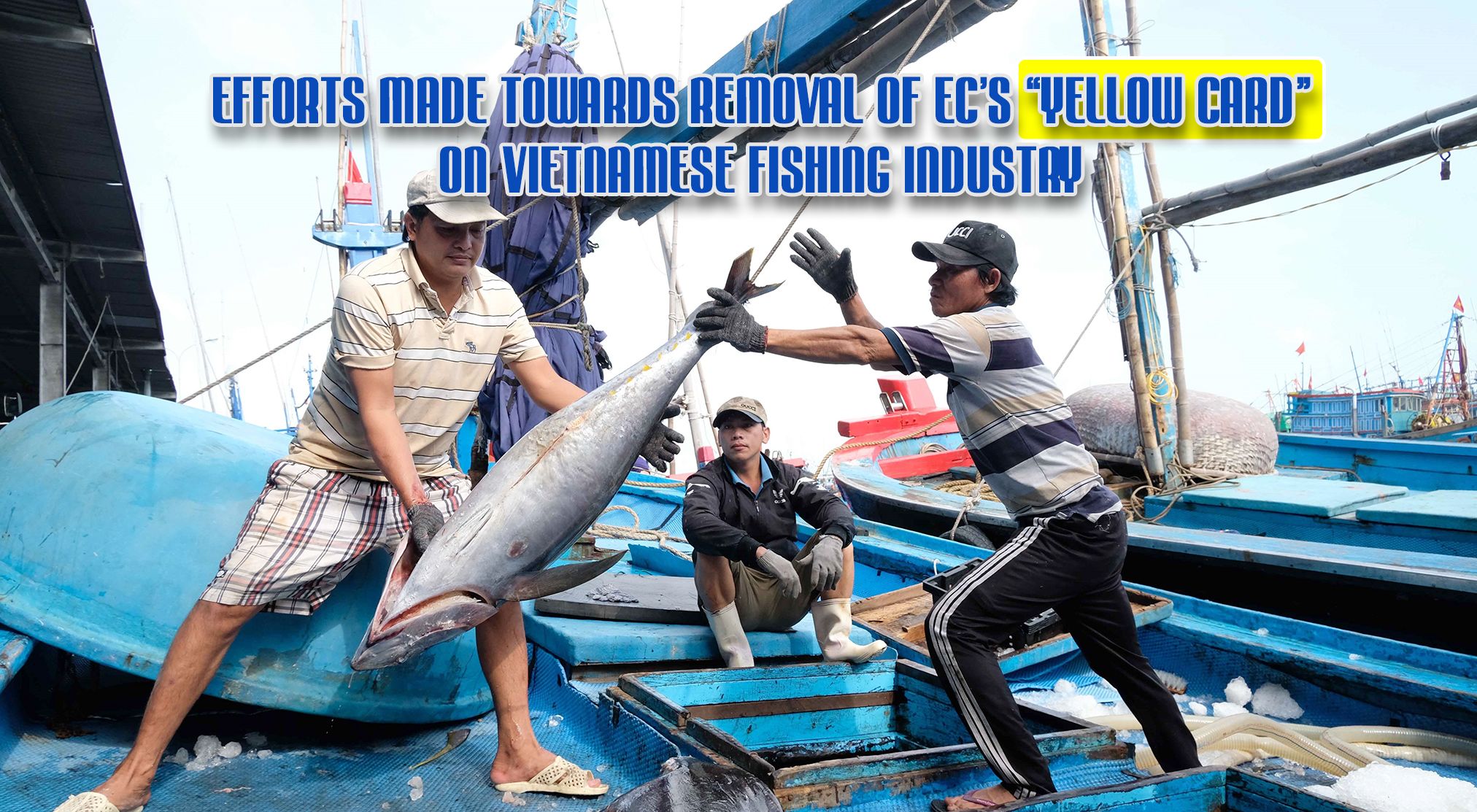
After nearly four years of exerting efforts to implement the recommendations of the European Commission (EC), will Vietnam soon become the third country in Southeast Asia, after Thailand and the Philippines, to have the EC’s “yellow card” removed?
In response to the EC’s recommendations on combating illegal, undeclared and unregulated (IUU) fishing, in 2017, Vietnam enacted the Fisheries Law along with a series of other efforts to sustainably develop this key export industry. Notably, Vietnam has built a database system which gathers information on fishing vessels, catching activities, fishermen, and registration and licensing of fishing boats in the locality. However, the EC stated that as long as there are fishing vessels violating IUU fishing then Vietnamese fishing industry cannot remove the “yellow card”.
Vietnam must put an end to IUU fishing in a bid to have the European Commission (EC)’s “yellow card” removed by the end of 2021. Eliminating IUU fishing practice is not only for Vietnam’s interests but also for the sake of the protection of the environment and regional and international seafood resources.
Economic damage
According to “A Trade Based Analysis of the Economic Impact of Non-Compliance with IUU Fishing: The Case of Vietnam” conducted by the Vietnam Association of Seafood Exporters and Producers (VASEP) and the World Bank (WB), the WB announced and compared the export results of 2017-2019. After two years of being affected by the IUU yellow card, seafood export revenue to the EU market decreased by 12%, equivalent to US$183.5 million. Total export revenue of aquatic products decreased by more than 10% after two years, equivalent to a decrease of US$43 million; in which octopus fell the most, by 37%, bivalve molluscs decreased by 11%, tuna by nearly 2%, and crab by 11%. Exports of aquaculture products to the EU also decreased by 13% from 2017 to 2019.
This downward trend continued to extend further in 2020, especially due to the impact of the COVID-19 epidemic, IUU yellow card and Brexit, seafood exports to this market decreased by 5.7% compared to 2019, only reaching US$959 million. Since 2019, the EU has dropped from second to fourth in Vietnam's seafood import markets, after the US, Japan and China. However, the EU is still a large directional and dominant market for other markets and an important partner for Vietnam's seafood industry.
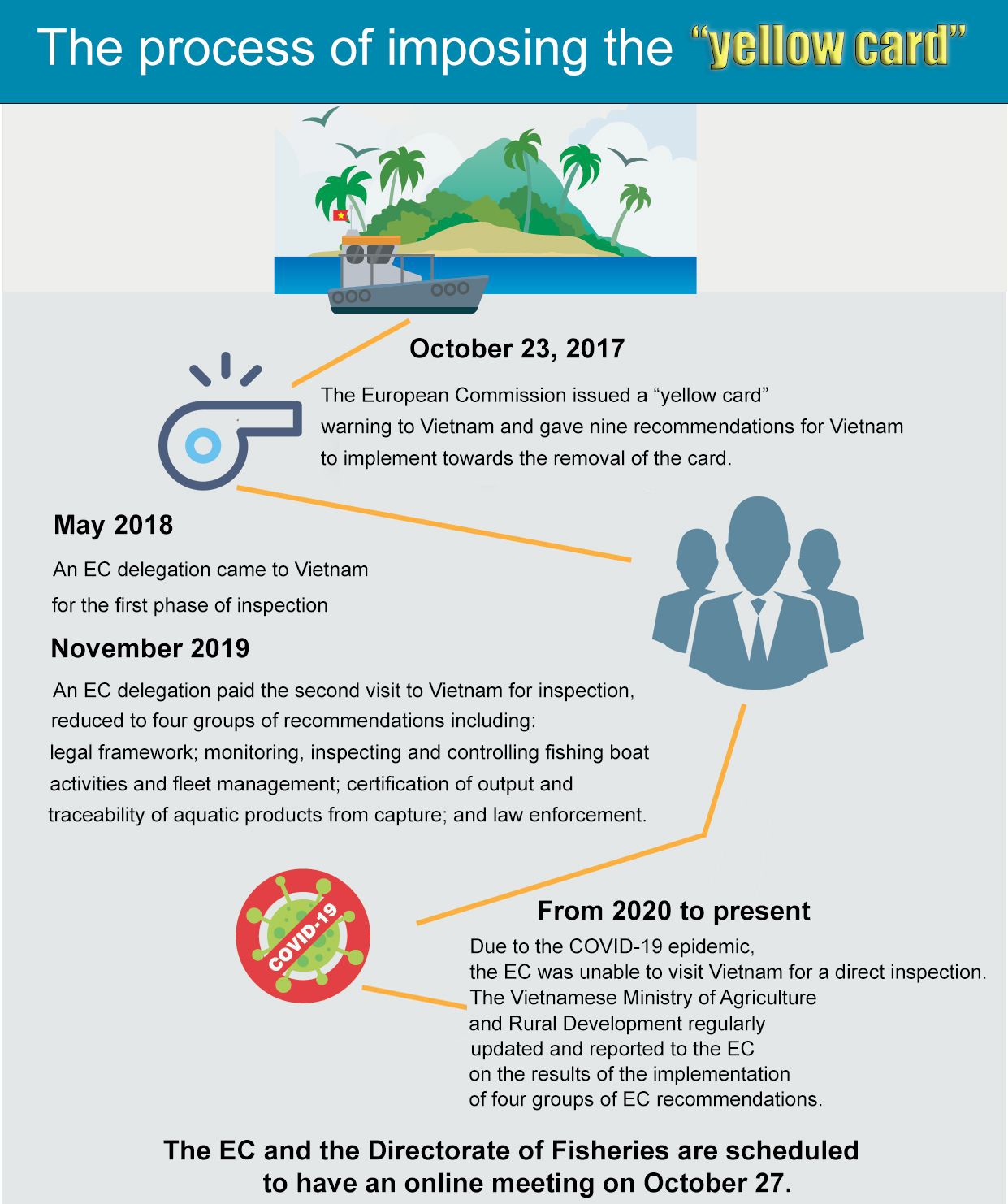
During the “yellow card” period, 100% of exported seafood containers were kept at the destination port to check the origin of exploitation. This makes businesses not only take more time to clear customs (sometimes it takes 3-4 weeks for a container) but also cost more, just checking the “origin” is about 500 pounds per container, let alone the port storage fees. The biggest risk is the large percentage of containers being refused or returned, causing businesses to suffer heavy losses.
Fishermen and Government understand and act together
At a teleconference held in early September with 28 coastal provinces and cities, 136 districts and towns, and 675 communes, wards and townships along with leaders of a number of central ministries, departments and agencies on implementing measures against IUU fishing to remove the EC’s “yellow card”, a number of local officials and agencies were severely criticised by the Prime Minister due to the lack of sense of responsibility in the performance of official duties, failing to ensure the principle of “people know, people understand, people believe, people follow and people implement”, especially in the work of information dissemination, and implementation of regulations for the fishing sector.
In fact, only when local governments and functional forces uphold the sense of responsibility in performing official duties, and ensuring the principle of “people know, people understand, people believe, people follow and people implement”, violations in the field of fishing will be repelled. Surveys from Kien Giang and Ha Tinh show difficulties and challenges in policy implementation.

It is necessary to strictly implement the sanctioning of violations in order to effectively implement the handling of administrative violations.
Kien Giang is currently the locality with the largest number of fishing vessels in the country, with about 10,000 fishing boats; of which there are nearly 4,000 vessels with a length of 15 meters or more engaged in offshore fishing.
Since the beginning of the year, the functional force of Kien Giang Province has confiscated six fishing boats and administratively sanctioned five owners for fishing violations in foreign waters with an amount of more than VND4.8 billion.
Deputy Director of the Kien Giang Provincial Department of Agriculture and Rural Development Quang Trong Thao said that, so far, 3,629 fishing vessels with a length of 15 meters or more have been installed with cruise monitoring equipment (VMS) recording their movements on the Fishing Vessel Monitoring System, reaching 99,15% of the total number of ships subject to installation. As many as 31 fishing boats have not installed VMS equipment, so the monitoring and control of 100% of fishing boats operating at sea has not been effective. The situations of removing the VMS device and sending it to another ship, disconnecting the device, or having a connection but remaining at the same location for a long time... still happen, but are not being detected and handled in time.
In the waters of Ha Tinh Province, some kinds of vessels with a large capacity of 90CV or more, fishing by the method of “extermination” of aquatic resources is also considered a big problem.
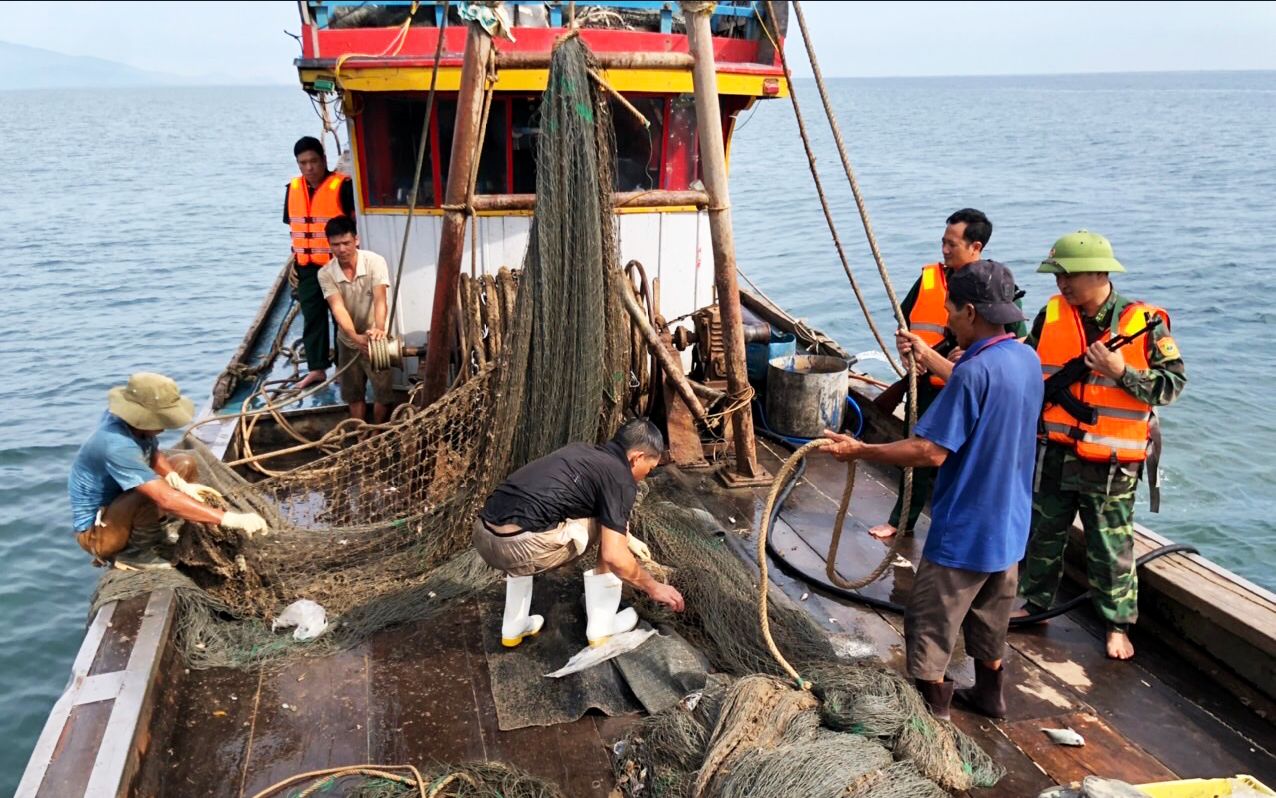
Ha Tinh Province’s functional forces handle a violating fishing vessel.
Ha Tinh Province’s functional forces handle a violating fishing vessel.
Nguyen Van Be, a local fisherman in Xuan Lien Commune (Nghi Xuan District) said trawlers are high-powered vessels (90-1,000CV), using nets of 500-1,000 metres in lengths and mesh sizes of 10-15 centimetres to catch big fish offshore. However, trawlers near the coast of Ha Tinh use nets with mesh sizes of under 5 centimetres with many layers to catch fish from the bottom to the surface. Fish, from big to small, barely have any chance to escape, seriously affecting the fish stocks. Therefore, the already difficult lives of fishermen in the area have become even more difficult.
According Ha Tinh fishermen, when trawl nets are dragged, all fish, whether big or small, can barely escape. Video: Nhan Dan Television – Nhan Dan Weekly
According Ha Tinh fishermen, when trawl nets are dragged, all fish, whether big or small, can barely escape. Video: Nhan Dan Television – Nhan Dan Weekly
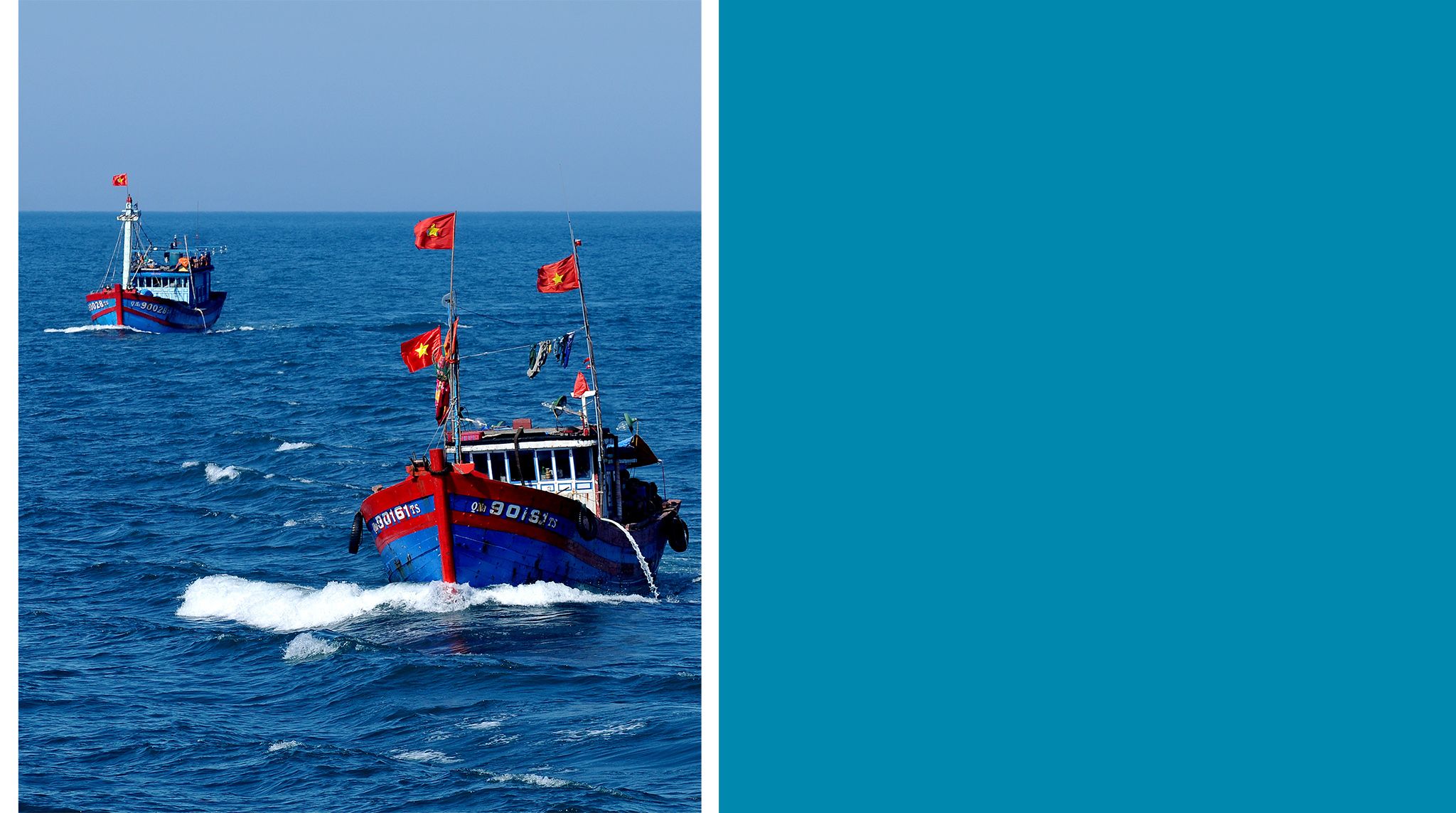
Striving to reach the finish line in anti-IUU
In the case of being given a “red card”, all fishery products caught by Vietnam will be banned from export to the EU, meaning an annual loss of US$300-400 million. More worrying is that since the EU is a credit market, other markets may impose similar measures on Vietnamese fishery exports.
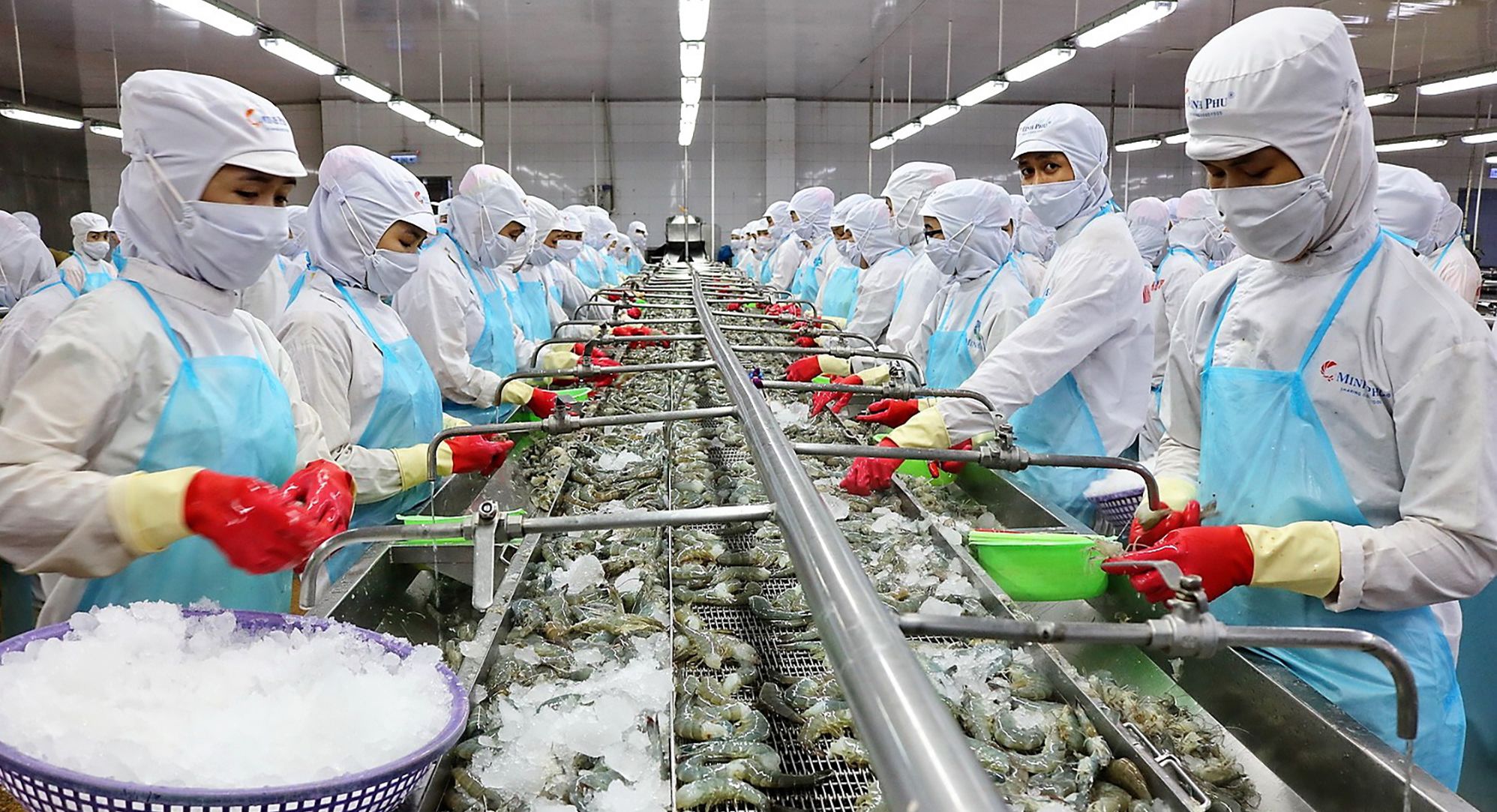
Vietnam is capitalising on the EVFTA to boost shrimp exports to the EU.
Vietnam is capitalising on the EVFTA to boost shrimp exports to the EU.
The indirect impacts are the reduced reputation and the increased burden of customs controls on farmed fishery exports to Europe and the failure to take full advantage of the EVFTA.
If the ban is prolonged, it can disrupt Vietnamese fishery exports, affecting the lives of coastal fishing communities, the export growth target of 7-9% and the export revenue target of US$16-18 billion by 2030. Furthermore, being given the yellow card warning along with addressing the warning at a slow and ineffective pace will harm Vietnam’s reputation, position and international relations and the fishery industry in particular at regional and global forums.
In order to remove the yellow card, it is necessary to enhance the fishing monitoring capacity. For this matter, the Prime Minister has asked ministries, agencies and local authorities to work harder and more boldly in punishing violations. The installation of VMS devices should be accelerated, especially in the provinces of Quang Tri, Tra Vinh, Quang Ninh and Ha Tinh, while it is necessary to strictly control the fishing vessels in and out of ports, workers on fishing boats, and the amount of fisheries unloading at ports. It is also necessary to carry out the confirmation and certification on the origin of fishery products in line with the law.
Localities with many violations, such as those is Binh Dinh, Ba Ria-Vung Tau, Ca Mau, Ben Tre, and particularly Kien Giang, have to work closely with the Ministry of Defence and the ministries and agencies concerned to implement measures to prevent local fishing boats from committing IUU fishing in foreign waters.
From the start of the year to early September, there were 43 incidents, 69 boats and 542 fishermen seized by foreign countries. Ca Mau, Binh Dinh, Ba Ria-Vung Tau, Ben Tre and particularly Kien Giang had the largest number of fishing boats violating the law by catching fish in foreign waters.
Furthermore, the stability of the VMS system has yet to be guaranteed as it has just been rolled out. As such there are some problems during operation, causing many vessels to lose signals, which has made the IUU fishing prevention work and the use of VMS images for penalising ineffective yet.
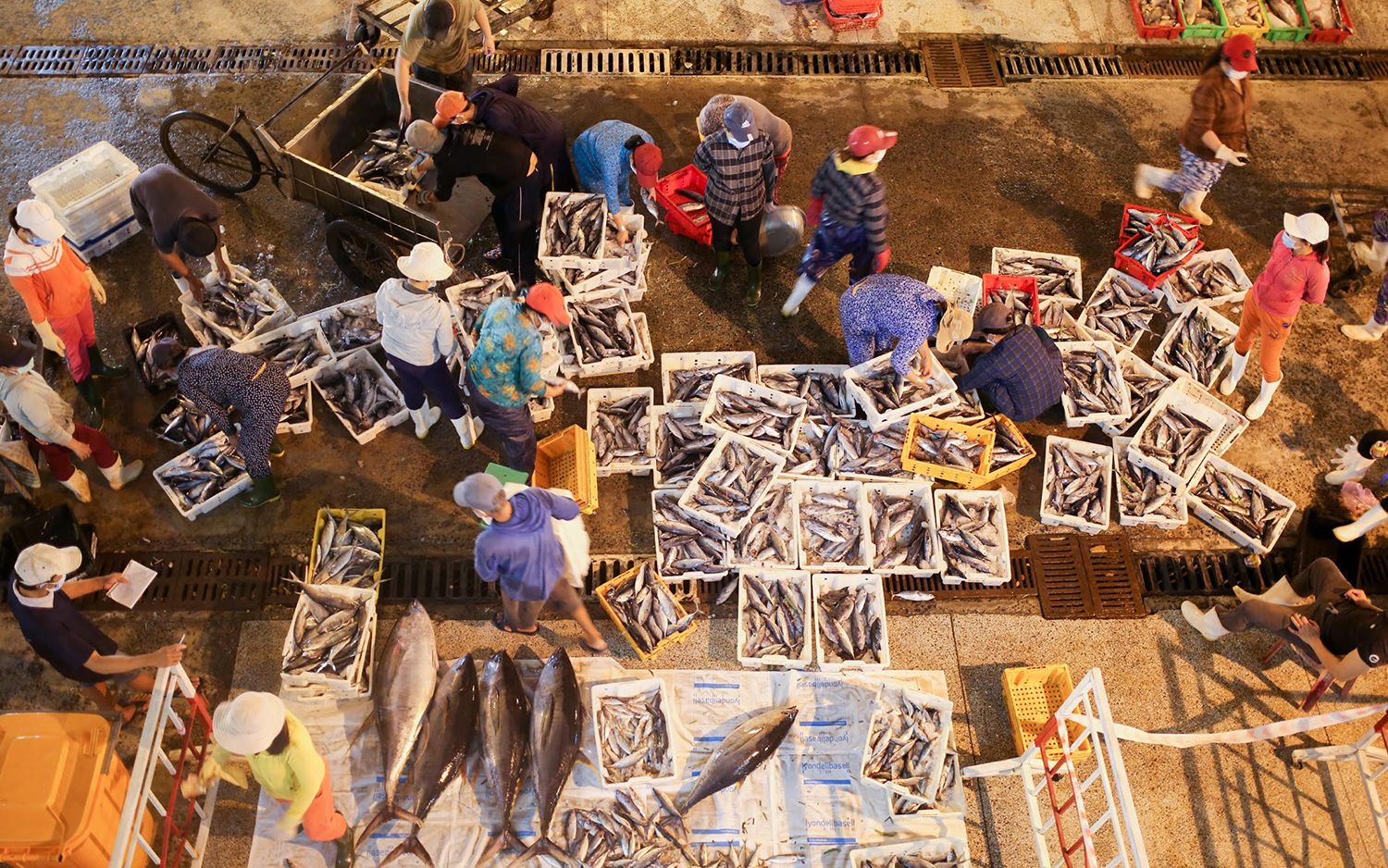
The infrastructure of the fishing industry is in need of continued investment and finetuning to meet the development requirements.
The infrastructure of the fishing industry is in need of continued investment and finetuning to meet the development requirements.
To date the VMS device has been installed on 26,915 fishing vessels, equivalent to 87.45% of the target. But some localities have been slow in rolling out the installation, with Thanh Hoa and Quang Tri having less than 50% of their vessels equipped with the system. More seriously there are still Vietnamese vessels violating the waters of other regional countries, failing to install the VMS device and turning off signals while operating in the sea, which has severely affected the removal of the yellow card.
Removing the ‘yellow card’ is not only important to the development of the fishing industry but also to the nation’s reputation in the international arena. Video: Nhan Dan Television – Nhan Dan Weekly
Removing the ‘yellow card’ is not only important to the development of the fishing industry but also to the nation’s reputation in the international arena. Video: Nhan Dan Television – Nhan Dan Weekly
In addition to managing fishing fleets effectively, tracing the origin of the catch is also a key step to convince the EC to lift the warning. The EC will inspect the fishing areas, coordinates, times and how the catch is classified, where it is exported and how much is left. However, this task remains difficult as the fishery infrastructure has yet to receive adequate investment.
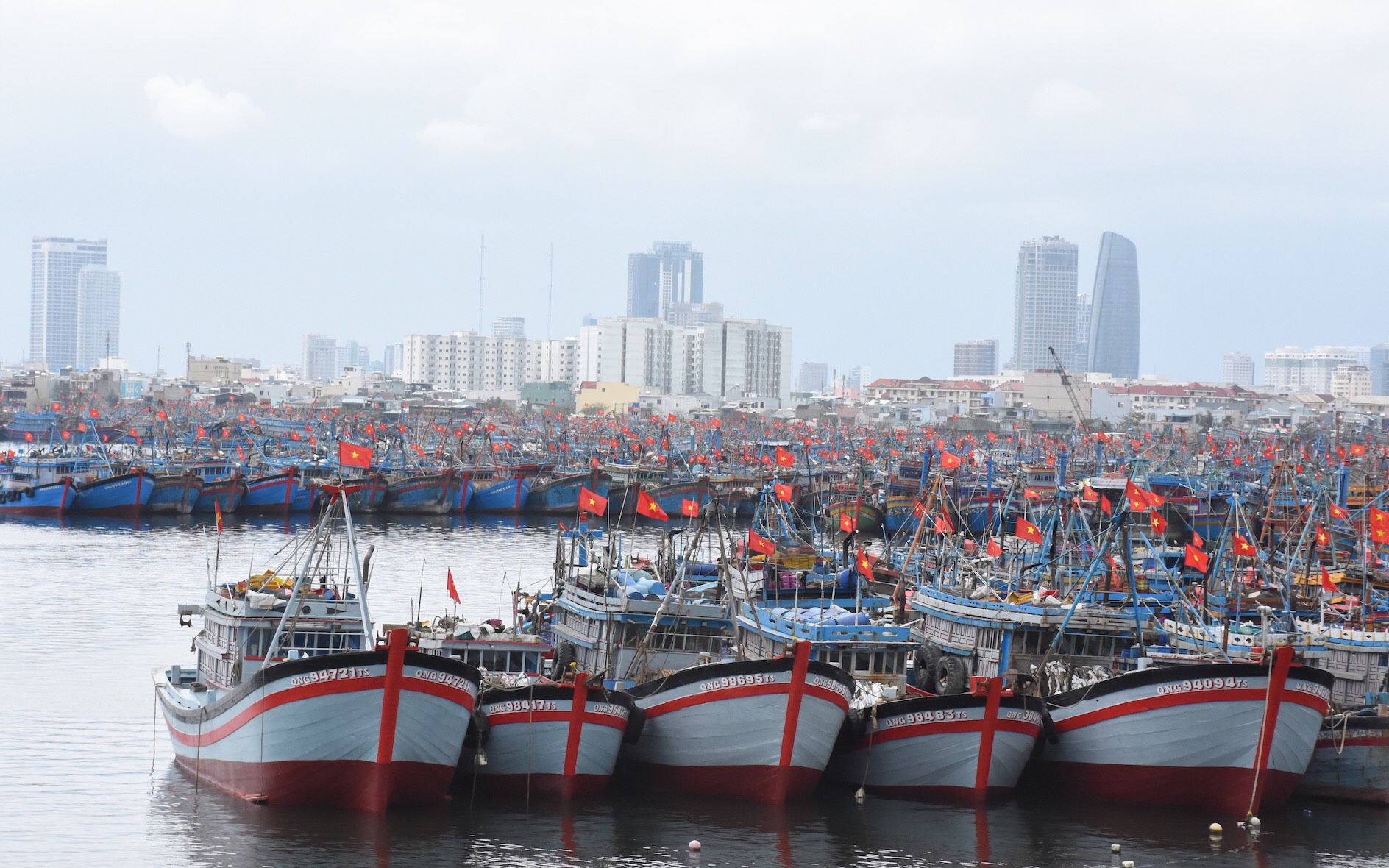
Tho Quang fishing port in Da Nang.
Tho Quang fishing port in Da Nang.
Strategy for sustainable development
It is open to the question whether Vietnam can remove the EC’s ‘yellow card’ in 2022. The answer depends on the determination to observe IUU fishing and related regulations, invest more in fisheries infrastructure, and implement EC's recommendations.
The EC made four groups of recommendations for Vietnam to implement in order to get the ‘yellow card’ lifted, including: (1) completing the legal framework; (2) strengthening the management of fishing vessels; (3) enhancing the traceability of fisheries from fishing activities; (4) law enforcement.
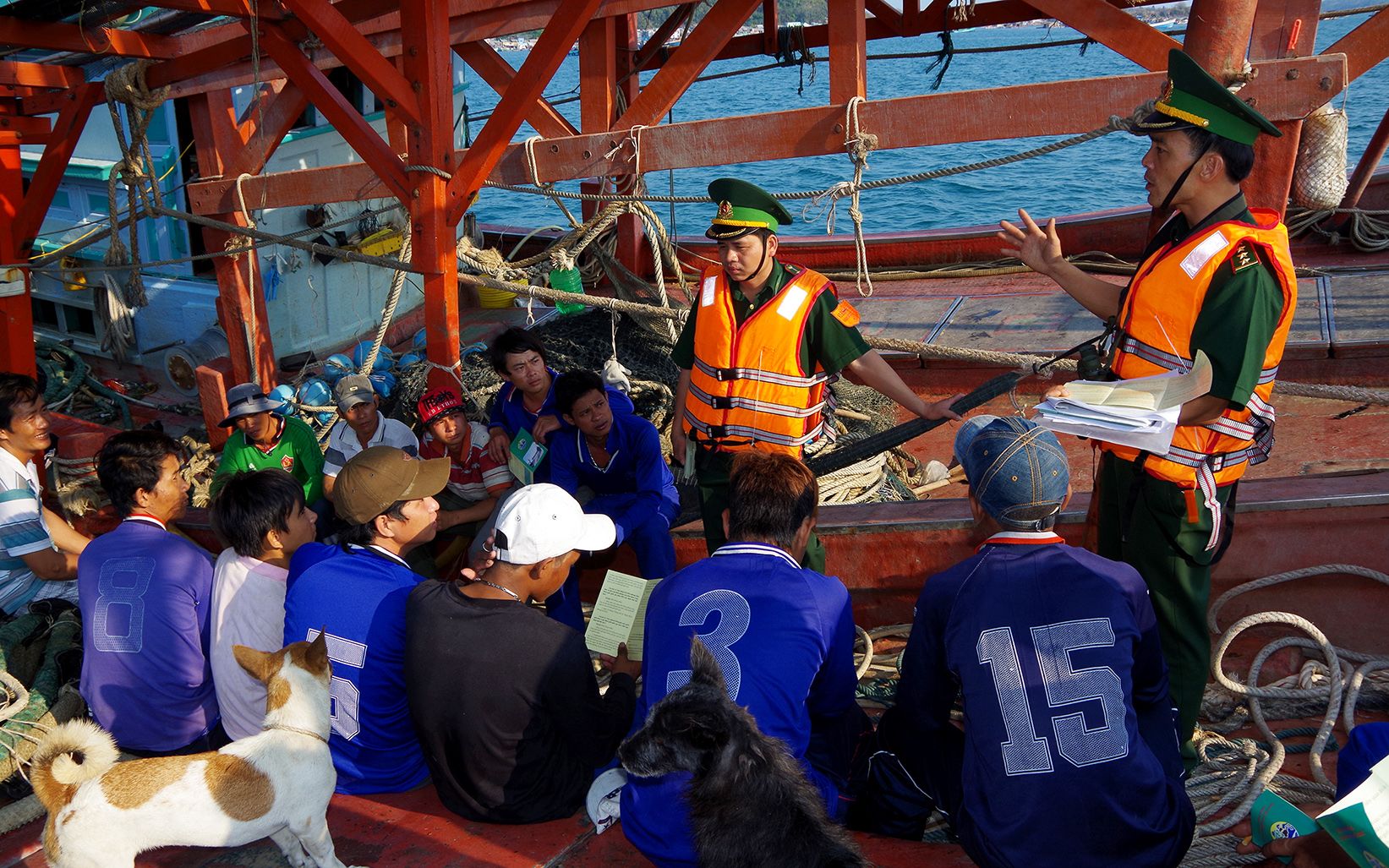
The border guards of Kien Giang Province work to raise fishermen’s awareness of strictly following fishing regulations.
The border guards of Kien Giang Province work to raise fishermen’s awareness of strictly following fishing regulations.
Vietnam's seafood exports in recent years have been valued at nearly US$9 billion per year with seafood output at over 3.9 million tonnes. However, the current fishing ports and storm shelters do not yet meet the standard requirements. Facts have revealed that investment in the building of fishing ports in recent years has been made scattered, leading to a limited number of completed projects as compared to the planning. In addition, the classification system remains at small scale, affecting the classification of fishes while increasing post-harvest losses and making it difficult for the traceability of fisheries.
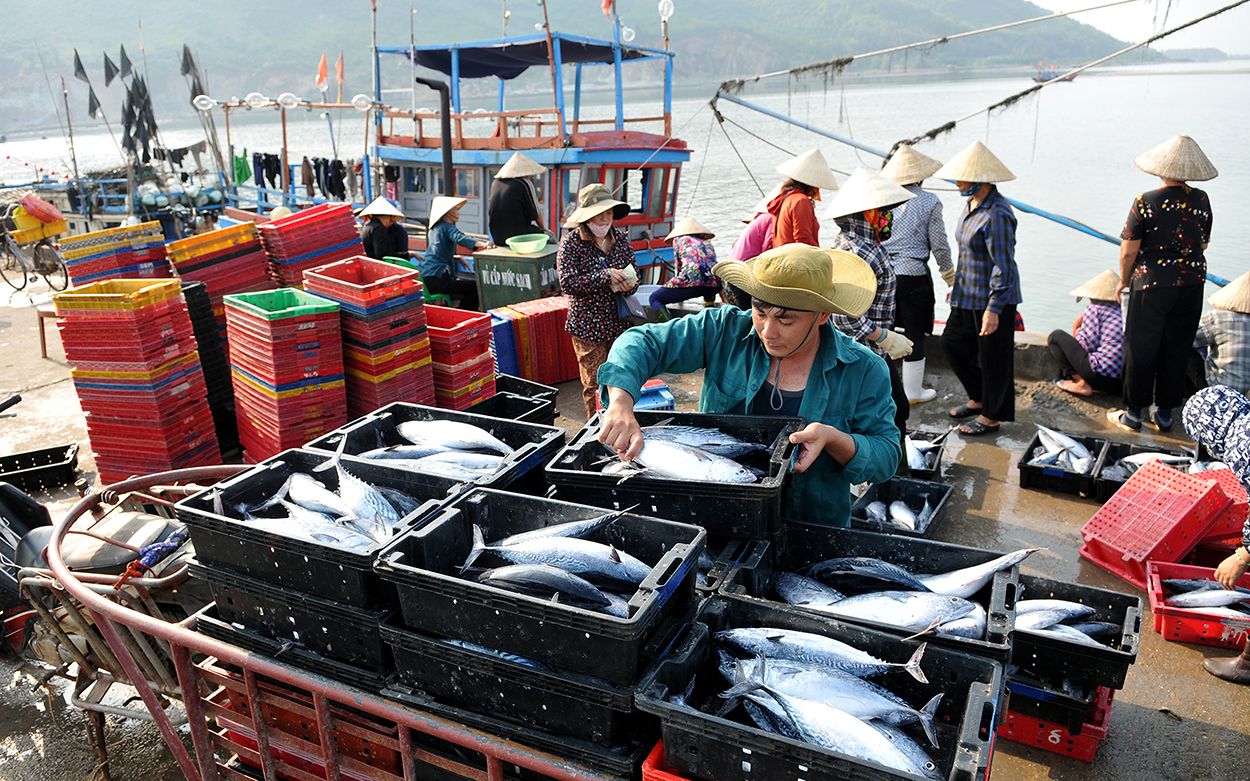
Harvesting seafood at Cua Sot Fishing Port in Ha Tinh Province.
Harvesting seafood at Cua Sot Fishing Port in Ha Tinh Province.
Given the socio-economic benefits and marine security protection of marine aquaculture, the Government has attached close attention and designed orientations on improving the quality and sustainability of marine aquaculture. The successful building of the plan for aquaculture development in Vietnam to 2030 with a vision to 2045 is of significance as it will create a positive and comprehensive impact on the aquaculture development strategy of the country.
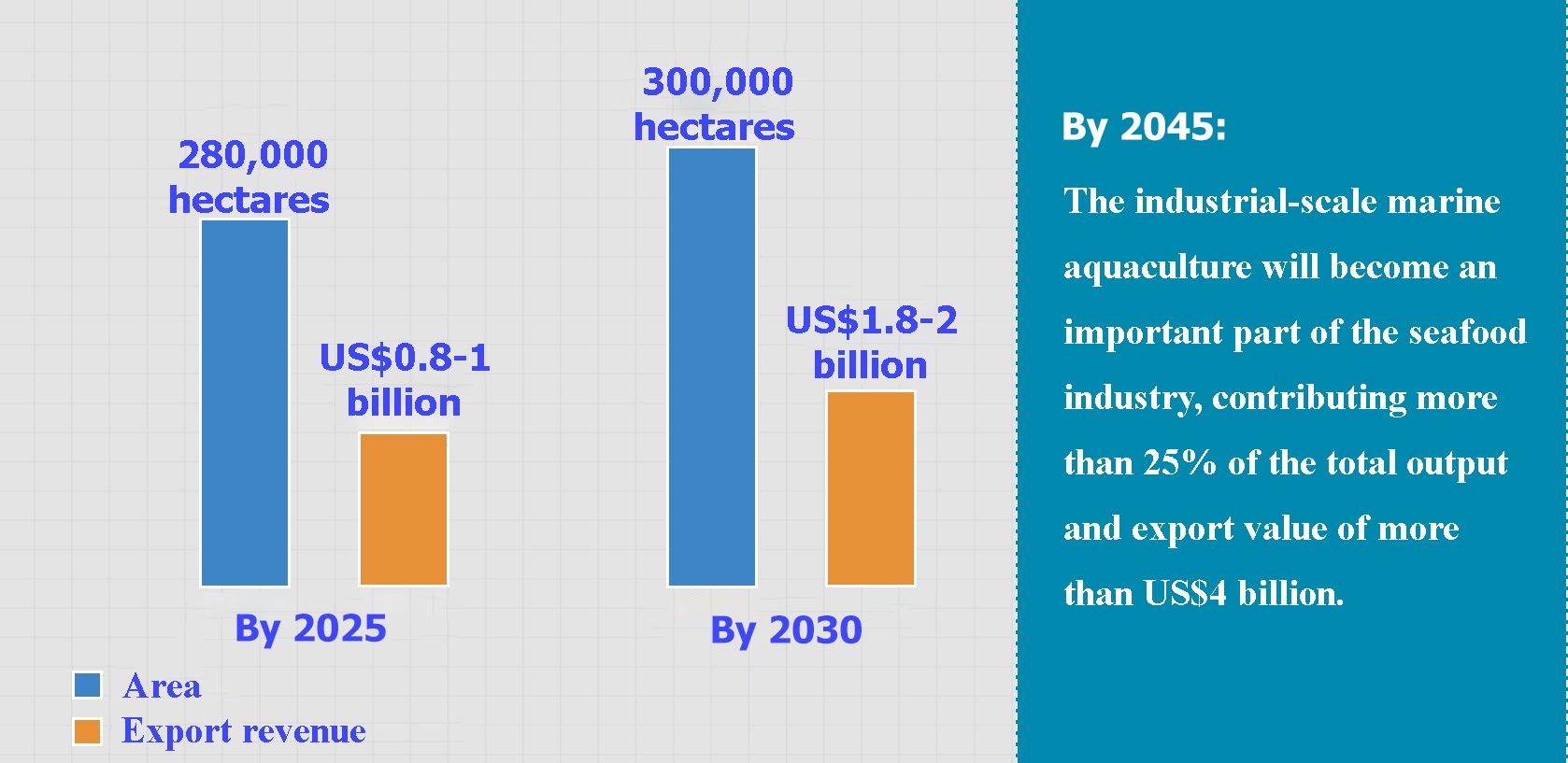
Go far together
ASEAN countries have lost billions of dollars since the beginning of this decade from IUU (Illegal, unreported and unregulated fishing) ‘yellow cards’.
In April 2015, Thailand received a ‘yellow card’ from the EU. Previously, other Southeast Asian countries also received EU warnings as the Philippines was yellow carded in June 2014 and Cambodia got a ‘red card’ in March 2014. The seafood industry of the entire bloc was shocked, leading to a turning point in awareness of IUU fishing.
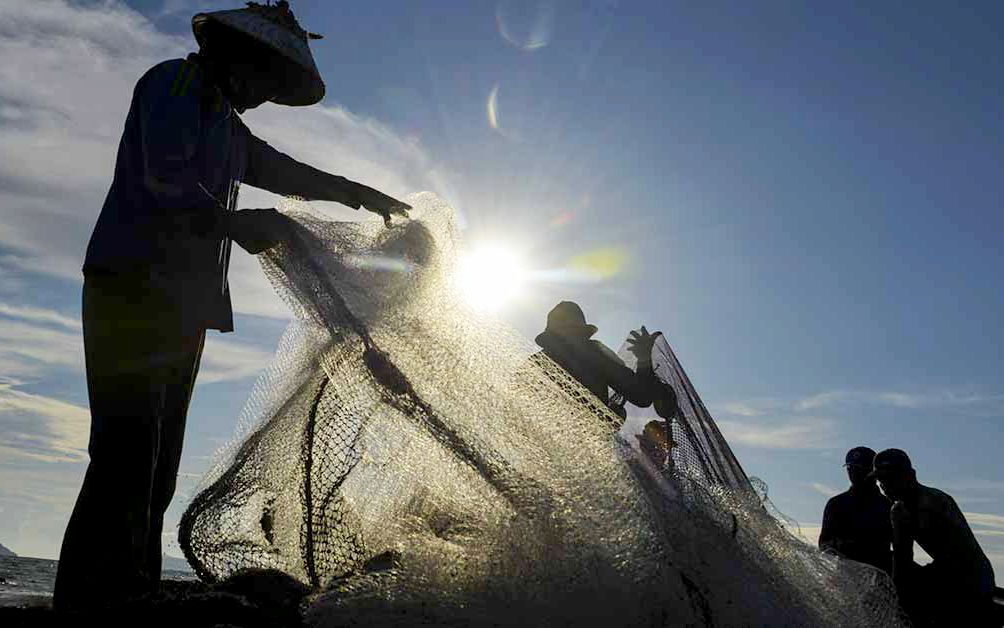
Fighting IUU fishing is the way to save ocans and protect people’s common house. Photo: The Asean Post
Fighting IUU fishing is the way to save ocans and protect people’s common house. Photo: The Asean Post
In 2016, ASEAN member states jointly declared war on IUU fishing and pledged to enhance sustainable fishing in the region in order to increase the competitiveness of ASEAN’s seafood industry and comply with international standards and regulations. Earlier, in 2015, ASEAN adopted the ASEAN Guidelines for Preventing the Entry of Fish and Fishery Products from IUU Fishing Activities into the Supply Chain.
The dramatic transformation of the seafood sector in Thailand, as well as other countries in the bloc, has been partly attributed to these guidelines. The initial successes have motivated the joint efforts and generate continuous movements to combat IUU fishing.
On January 8, 2019, the EC announced the lifting of the ‘yellow card’ from Thailand, recognising the country’s substantial progress in tackling IUU fishing since 2015.
Similarly, the Philippines taken tough measures to meet the increasing traceability requirements from the “picky” markets in the world, through a sound strategy, legal framework, strict sanctions and the application of modern information technologies.
As a result, in 2015, the EU’s ‘yellow card’ was removed from the Philippines, paving the way for the nation to gain miracle achievements in fishing industry, and regain a Green Card fisheries rating.
The fisheries reform efforts of the Philippines or Thailand are vivid examples for other ASEAN members in combating IUU fishing. More importantly, when countries stand together to strictly comply with fishing regulations, all seas will be protected from the risk of overexploitation. It's not just a business or commercial issue, but also an obligation to the common home of all humanity – our green planet.
"The EC’ yellow card is issued to countries which fail to demonstrate sufficient progress in the fight against illegal, unreported and unregulated (IUU) fishing worldwide. Since 2012, 27 countries have received warnings from the EC; in which, 21 countries were yellow carded and six countries received ‘red cards’. To date, three countries have had the ‘red card’ removed and 14 countries have seen the ‘yellow card’ lifted."
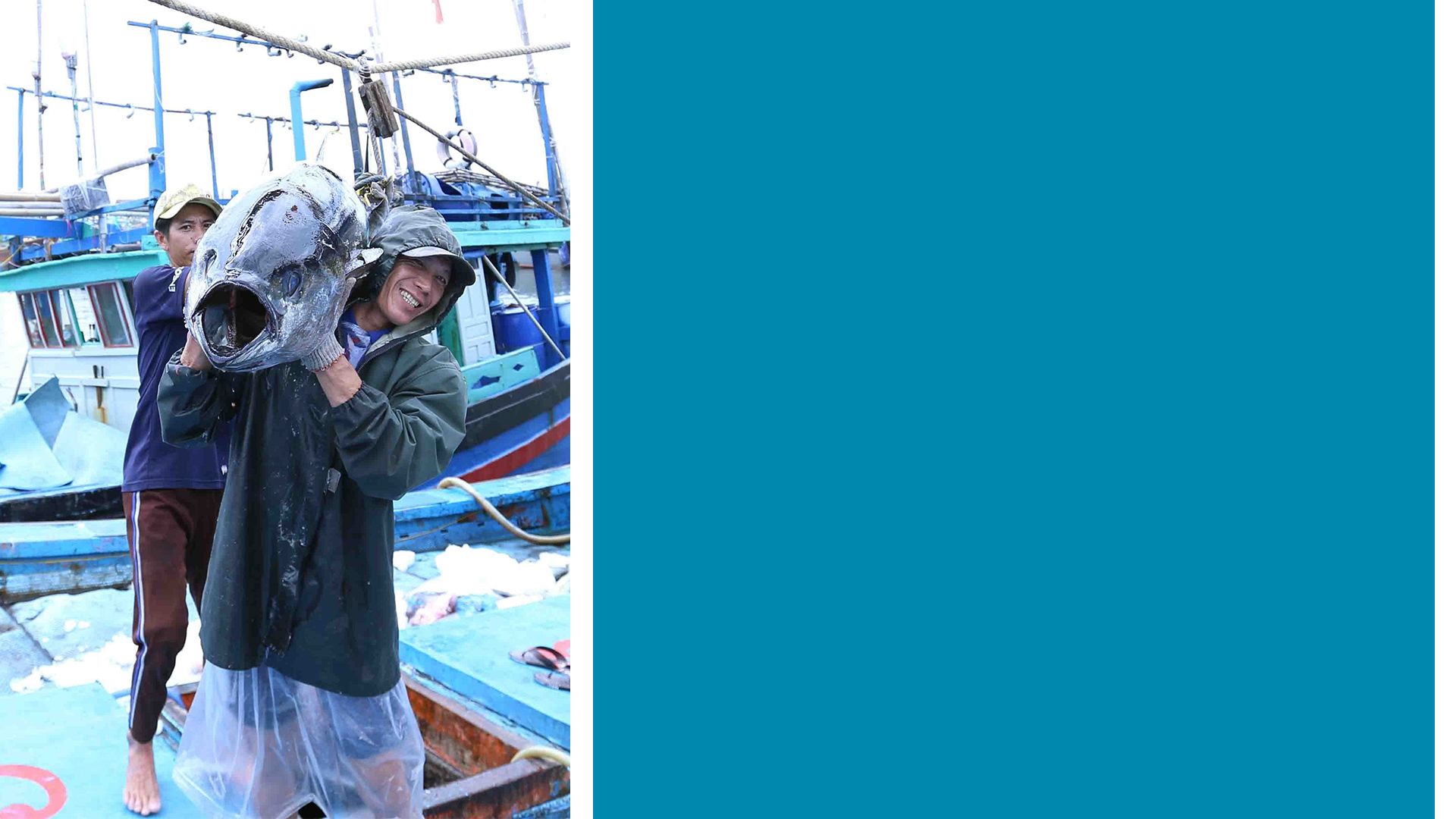
Production manager: VU MAI HOANG
Content: LUU HUONG GIANG, TRAN TRUNG HIEU, VIET TIEN, NGO TUAN, HAI MIEN, DONG PHONG
Translation: KHANH BINH, HOA BUI, THU HANG
Design: PHAN ANH, DUY LONG, TRAN VU HAI
Photos: DANG KHOA, NGUYEN DANG, ANH DAO, VNA, COLLABORATORS…